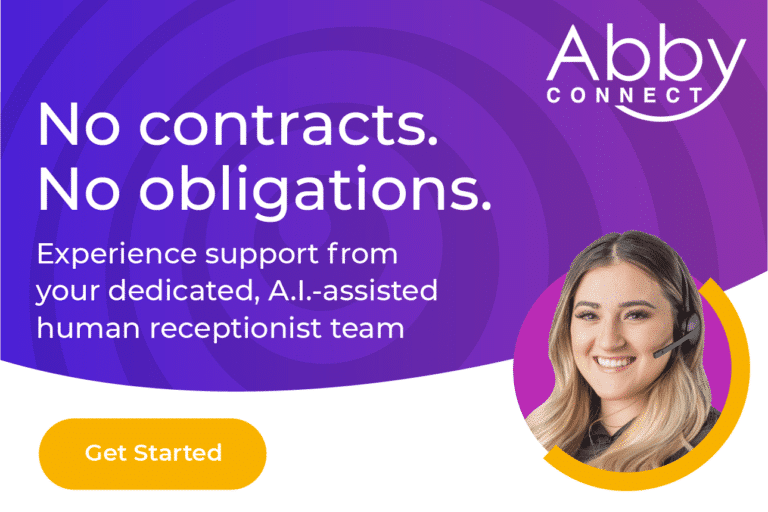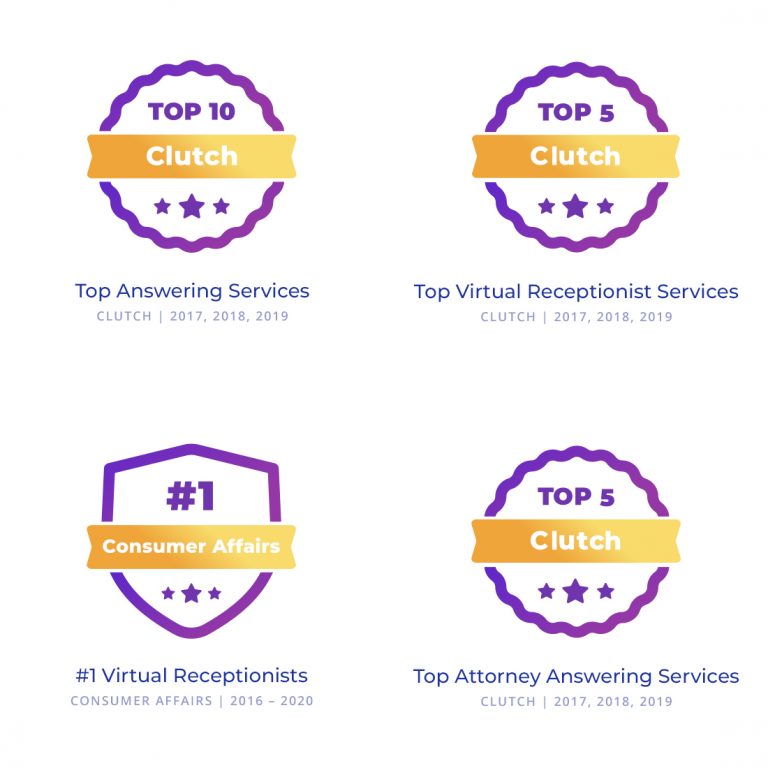
Customers interact with businesses all the time (we’ve all been there), from conversations with the front desk to sales and customer calls. They’re subconsciously experiencing the same sequence of communicative events, and the only thing they’ll remember is the first of those conversations—the primacy effect.
The primacy effect, according to The Decision Lab, “Is the tendency to remember the first piece of information we encounter better than information presented later on.”
The primacy effect impacts customer service long after the first conversation. It’s this same primacy effect that makes first impressions so important. Forget the kind of service or product your business sells. Forget your business operations. A business’s success depends on these first impressions—on the primacy effect. And it’s because of this that the importance of first impressions and following communication best practices can’t be overstated.
So, let’s help you hit the nail on the head and make the best first impression when pitching a sale, addressing an issue, or simply handling an everyday customer call or inquiry. Get ready to talk the talk to get your customers walking the walk toward a sale, a resolution, or a great interaction with your business.
Customer service is a communicative act, let’s show you how to act.
1. Excuse me? Can You Repeat That, Please?
Practice enunciation.
It’s not what you say; it’s how you say it. We’ve all heard this before. However, in this context, we’re not referring to the tone in which words are spoken but how clearly these words are spoken. There’s nothing worse than communicating with a customer who has to repeatedly ask you to repeat yourself. This is an expensive game of broken telephone.
Quality information needs to reach the client with clarity to avoid clunky, ineffective conversations. This means carefully enunciating your words–placing emphasis on essential details and stressing phrases and word that are important. Consider how you may sound over any background noise or distractions that may be happening near them. Limit the need for customers to say, “Pardon, what did you say?”
2. Embody the Child’s Mind; Ask Questions
Communicate curiosity toward clients.
Like most humans, customers like to talk about themselves. And, as an attentive listener, you’re happy to hear what they have to say. In fact, you prompt it—it’s for this reason that asking questions ranks high on the list of communication best practices.
During your conversation, ask questions to uncover key information about your customer. “During” is the optimum word here; one must ask questions throughout the conversation. This means before the purchase, after the purchase, and when troubleshooting. Never assume that you know what your customers are going to say. It’s always best to ask instead of assume.
And, never forget to record their answers. Nobody likes hearing the same question twice.
3. Communicate as if You’ve Walked in Their Shoes
Communicate with empathy.
Business owners may wear Gucci shoes (or steel tipped boots if you’re working on a job site). Receptionists may wear Steve Maddens. Customers may wear Crocs. But when it comes to customer service, everyone should at least take a stroll in a comfy pair of Crocs.
To communicate well with customers, you must walk in the customer’s shoes, even if they’re luminous green and squishy. Understand what it’s like and how it feels. Then you’ll be able to communicate like you’re proud to have done so.
Communicating with empathy (understanding their walk) improves how a customer feels about their interactions with you. It’s important that customers feel like you understand them, their point of view, and their needs–and that you’re willing to put in the work to meet them where they are. This mean expressing your appreciation of the customer’s honesty, holding yourself accountable, and putting in the effort to really understand them.
4. Follow the Script, but Don’t Be Afraid to Ad-Lib
Balance rehearsed information with individualized treatment.
Customers can tell a robot from a human, and they can tell a rehearsed script from an organic response. While it’s important to provide consistent, reliable information, it’s also important to respond in a genuine way to a unique customer experience. Be the balance. Customer service communication is the art of modeling successful language and balancing rehearsed information, specific language, and various response options with individualized and personalized communication add-ons.
For example, you might have a standard script relating to your business hours: “we’re open from 9:00 am to 5:00 pm Monday to Friday with limited hours on the weekend.” However, when a customer calls frantically needing to confirm you’re available during a certain time frame to handle a critical matter, you’ll want to simply reassure them you’re available to help them with that need, no script needed.
Think of your script as a baseline. It’s where you start, but some deviation will be necessary.
5. Say No to Negativity
Communication best practice: Avoid negativity.
Misery loves company, but clients receiving negativity during an interaction with your business won’t. While we’re not encouraging you to spout off affirmations, force or fake a sunny disposition, or overdo the positivity, there’s no way around it; positive language is a must.
When communicating with a customer, using positive language shows that your desire and ability to help are unlimited. It reinforces that you’re there to help, want to help, and can help.
A big part of positivity is simply remaining calm and building relationships. An upset customer whose problem you solve and whom you make feel better about their experience can become a true advocate for your business.
6. Avoid Verbiage; They Don’t Need to Hear an Essay
Communicate concisely.
Respect your customers’ time. Concise communication is a best practice that’s quick to implement and makes a big impact. Customers don’t have all the time in the world to hear a lengthy response. So, deliver the necessary information as succinctly as possible. Your customers will appreciate faster resolutions.
A good practice is to move through the call efficiently, and then summarize what was discussed at the end (mentioning key points and anything you or your customers will need to do next) to avoid misunderstandings.
And keep it simple. After all, concise communication goes hand in hand with simplification.They appreciate simple language and being offered the ability to understand complex concepts in simple terms. Remember, you may be the expert in your product or service; they don’t have to be. Using technical or industry-specific terminology or acronyms doesn’t help, it causes more confusion.
7. Keep the Tux and Gown in the Closet; You’re Not Off to the Ball
Embrace informality when appropriate.
Customer service in business is professional; we understand that. However, while professional settings call for formal communication, not every call or communication has to be dressed up with a tux, a ball gown, and fine dining tableware. Customers enjoy friendly communication, even a little humor or familiarity thrown into the communicative mix once in a while. Underneath all the business façade, we’re all human, and we appreciate genuine human connections.
Bring it All Together
At the end of the day, communication is 50% about what you say and 50% about how you say it. Approaching your customers the right way will make all the difference. These best practices will empower you to make a great first, second, third, and 100th impression–so you gain loyal customers and generate consistent revenue!
Do More With the Communication Experts at Abby Connect
Who’s managing your first impression? Ensure every first (and second and third…etc.) impression is a good one with Abby Connect.
With Abby Connect’s virtual receptionist service you get a highly-trained team of 5-10 receptionists answering your phones. They get to know you, your business, and your customers and are dedicated to crafting a fantastic impression for your business. They’ll answer, transfer, do intake, take messages, and even schedule appointments–24/7 or whenever you need them.
You may be an expert at your business. We’re the communication experts, dedicated to helping impress your caller and grow your business.

